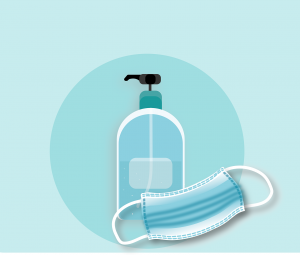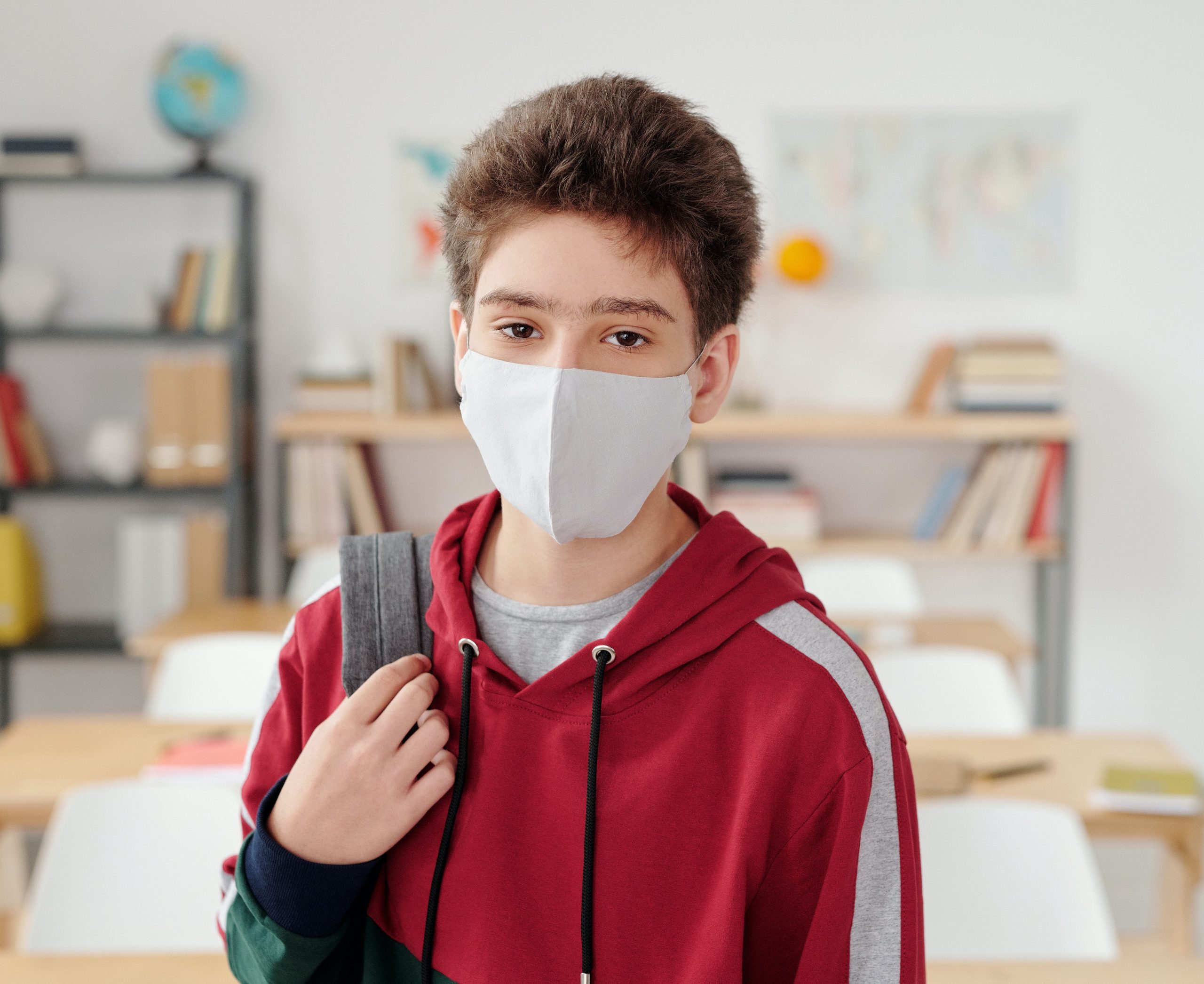Review of 130 Studies Favors Reopening Schools With Safety Measures
 The safe reopening of schools for in-person learning — with the use of mitigation efforts — is a critical step in addressing the physical, academic and emotional stress students have faced during the pandemic, school administrators, researchers, physicians and scientists said during two separate press briefings.
The safe reopening of schools for in-person learning — with the use of mitigation efforts — is a critical step in addressing the physical, academic and emotional stress students have faced during the pandemic, school administrators, researchers, physicians and scientists said during two separate press briefings.
Research conducted over the past year shows several factors support the responsible reopening of schools, including low COVID-19 transmission rates in children, the benefits of mitigation efforts and the negative consequences of learning loss and social isolation, according to a report released Thursday and discussed during one press briefing.
The report is meant to be used as a reference for school administrators as they determine best strategies for reopening schools.
State and local leaders should prioritize in-person learning for students and make adjustments based on community risk factors, according to the 92-page report, which examines the collective findings of more than 130 studies. The report was supported by the American Enterprise Institute, the Center for Reinventing Public Education and other organizations.
Jesus Jara, superintendent of the Clark County School District in Las Vegas, Nevada, participated in the report briefing. He said he has factored in many elements — the health risks, the academic loss, food insecurities and more — when making determinations for the safe reopening of schools. The district began phasing in in-person learning March 1, he said.
“We think about the whole child when we’re making some of these tough decisions as a school district,” said Jara, who also spoke of pain of losing students to suicide this past year.
Regarding academic performance, Chris Minnich, CEO of NWEA, said early performance data has shown a slowness in math performance growth. That there wasn’t evidence of a complete loss of learning is a testament to the teachers and parents who kept kids learning despite the challenges, he said.
“It also is just really important to note that it wasn’t that we were seeing people lose knowledge or backslide on things that they’ve been taught in the past,” Minnich said.”It’s that we found that the growth wasn’t as high. The speed of their learning wasn’t as fast.”
That’s an important distinction to understand as students return to school campuses, Minnich said, because schools should think about accelerating instruction and reviewing core academic skills that might be lacking.
In a separate briefing Thursday on reopening schools safely, experts from the Infectious Diseases Society of America also voiced support for in-person learning when many layers of protective measures, such as mask wearing and social distancing, are put in place.
Another subject raised in both briefings was the merit of the Centers for Disease Control and Prevention’s guidance for six feet of social distancing between people. Several organizations, such as the American Academy of Pediatrics and the World Health Organization, have said three feet of distancing is adequate when other mitigation efforts are used, the report said.
Massachusetts, Virginia and Indiana all adopted three feet minimum distancing policies for their schools and did not experience a surge of cases compared to schools that used the six foot standard, according to the report. Illinois also decreased recommended social distancing for vaccinated school staff to three feet.
Excerpted from “Review of 130 Studies Favors Reopening Schools With Safety Measures” in K-12 DIVE. Read the full article online.
Source: K-12 DIVE | Review of 130 Studies Favors Reopening Schools With Safety Measures, https://www.k12dive.com/news/cumulative-research-shows-benefits-of-reopening-schools/596598 | © 2021 Industry Dive
If you are a parent or caregiver and would like to schedule an evaluation or get advice about your child’s challenges, call or email a CHC Care Manager at 650.688.3625 or careteam@chconline.org





